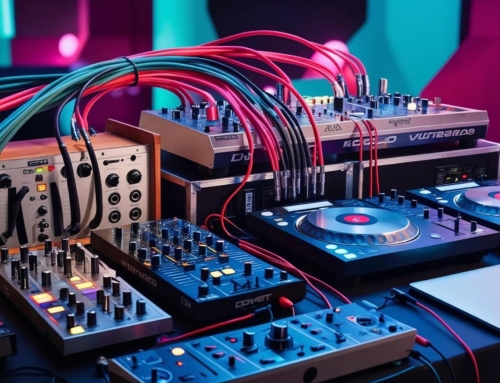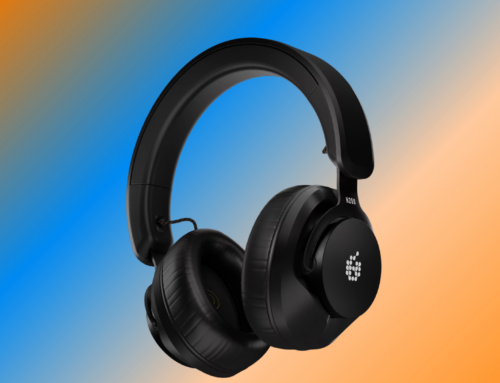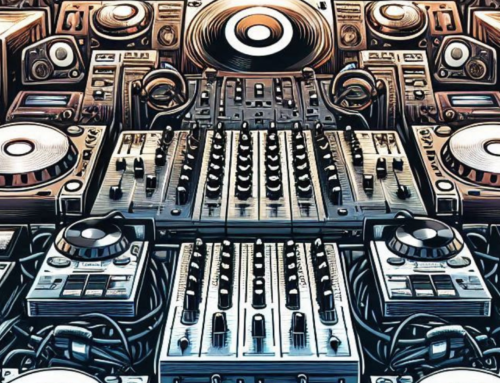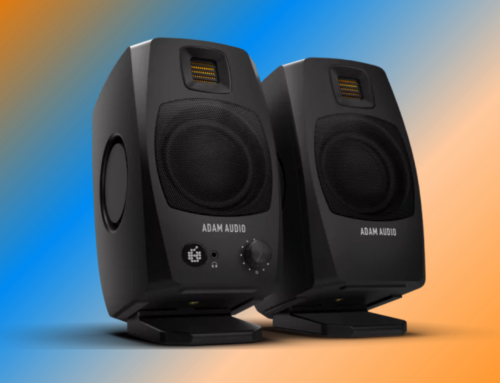For a year, the Native Instruments Traktor S8 was my go-to DJ controller. It was a powerhouse: sturdy, reliable, and packed with features that made live remixing and creative performance a joy. The S8’s touch strips, remix decks, and stem capabilities allowed me to push boundaries in ways that traditional jogwheel controllers simply couldn’t match. I loved the tactile feedback, the intuitive layout, and the way it felt like a true instrument—something designed for producers and performers alike.
But as the DJ landscape evolved, so did my needs. The rise of music streaming, the demand for broader hardware compatibility, and the relentless pace of innovation from other software platforms started to make me question whether Traktor was still the right choice for me.
The Traktor Experience: Strengths and Limitations
Traktor, paired with the S8, offered a unique experience. The controller’s touch strips replaced traditional jogwheels, freeing up space for more creative controls. The sound quality was excellent, and the integration with Traktor’s software meant I could dive deep into effects, looping, and live remixing without ever touching my laptop. For someone who values live performance and creative expression, the S8 was a dream machine.
However, there were limitations. The lack of traditional jogwheels made certain techniques—like scratching—awkward, and the crossfader wasn’t as responsive as I’d hoped. More importantly, Traktor’s software ecosystem began to feel stagnant compared to competitors. While other platforms were embracing streaming services like TIDAL, Beatport, and eventually Apple Music, Traktor remained firmly anchored to Beatport and BeatSource. This became a dealbreaker as my workflow increasingly relied on access to vast, curated playlists and the ability to discover new tracks on the fly.
The Breaking Point: Why I Considered a Change
The tipping point came when I realized just how much my DJing style had evolved. I wanted the freedom to stream music directly from Apple Music, to experiment with new tracks without downloading them, and to have the flexibility to use a variety of controllers—not just those from Native Instruments. Traktor’s lack of streaming integration and limited hardware compatibility started to feel like a wall between me and the future of DJing.
Meanwhile, the DJ community was buzzing about new innovations. AI-powered features like real-time stem separation, harmonic mixing, and automated track suggestions were becoming standard in other platforms. Hardware was getting smarter, too, with controllers that offered direct access to streaming libraries and seamless integration with multiple software options.
It was clear that the industry was moving in a new direction—one that prioritized accessibility, flexibility, and creative freedom. I wanted to be part of that future.
The Switch: Embracing the DDJ-FLX10 and Rekordbox
After careful research, I decided to make the leap to the Pioneer DDJ-FLX10. This controller promised everything I was missing: a familiar, club-standard layout, robust build quality, and full compatibility with both Rekordbox and Serato. Most importantly, it offered native integration with streaming services, including Apple Music—meaning I could access over 100 million tracks directly from my DJ software.
The transition was smoother than I expected. The DDJ-FLX10’s jogwheels, performance pads, and intuitive mixer section made it easy to adapt my style. The addition of real-time stem separation and advanced effects opened up new creative possibilities, and the ability to switch between Rekordbox and Serato meant I could experiment with different workflows and features.
But the real game-changer was the streaming integration. Suddenly, I could build sets on the fly, discover new music in real time, and engage with my audience in ways that simply weren’t possible before. The creative freedom was exhilarating.
Another key difference between the Traktor S8 and the DDJ-FLX10 is the breadth of software compatibility. While the S8 is essentially designed for use with Traktor—offering only limited or unofficial support for other platforms like VirtualDJ and djay Pro—the DDJ-FLX10 is a true multi-platform powerhouse. It works seamlessly with Rekordbox and Serato right out of the box, and is also fully supported by VirtualDJ, with advanced features and factory mappings. Even djay Pro users can find ways to make the FLX10 work, thanks to the active community creating custom MIDI profiles. This flexibility means that with the DDJ-FLX10, I’m not locked into a single software ecosystem—I can experiment with different platforms, take advantage of new features, and adapt my workflow as the industry evolves.
Industry Trends and the Future of DJ Software
My journey from the Traktor S8 to the DDJ-FLX10 reflects broader trends in the DJ industry. Streaming is no longer a luxury—it’s a necessity. DJs expect to access vast music libraries, build playlists on the fly, and experiment with new tracks without the hassle of downloading and organizing files. Platforms that fail to embrace this shift risk being left behind.
At the same time, AI is transforming the way we mix and perform. Real-time stem separation, automated track suggestions, and AI-assisted transitions are becoming standard features. Hardware is also evolving, with controllers that offer direct streaming access, advanced touchscreens, and even biometric feedback for crowd interaction.
But even as technology advances, the essence of DJing remains unchanged. It’s about connection, timing, and instinct. The best equipment and software don’t make a great DJ—they just give us more tools to work with. The future belongs to those who can blend the old-school fundamentals with cutting-edge innovation, keeping the dancefloor moving and the music evolving.
What Traktor Could Learn
Traktor still has a loyal following, and for good reason. Its stem separation, remix decks, and deep integration with Native Instruments hardware make it a powerful tool for creative DJs and producers. But to remain relevant, Traktor needs to embrace streaming, expand hardware compatibility, and invest in new features that reflect the evolving needs of modern DJs.
The S8’s abrupt discontinuation and the lack of ongoing support for flagship products have left many users feeling burned. If Traktor wants to win back trust and attract new users, it needs to commit to long-term support, transparent communication, and a clear vision for the future.
The Future Is Flexible
My journey from the Traktor S8 to the DDJ-FLX10 has been eye-opening. It’s shown me just how much the DJ landscape is changing—and how important it is to stay adaptable. Streaming, AI, and modular hardware are reshaping the way we perform, and the platforms that embrace these changes will lead the way.
For now, I’m excited to explore the creative possibilities of my new setup. But I’m also keeping an eye on the horizon, curious to see what the next wave of innovation will bring.




